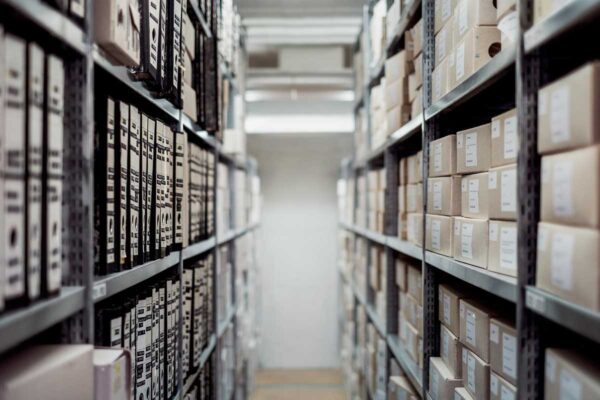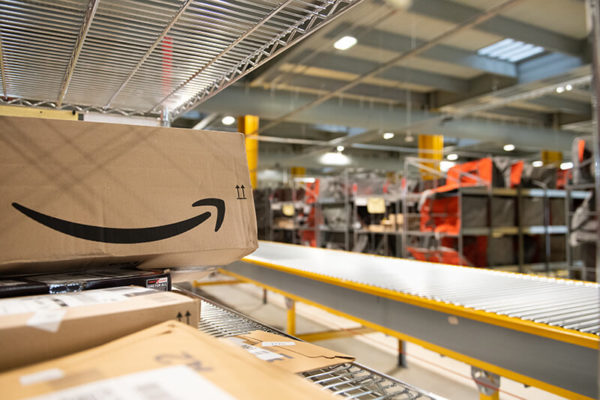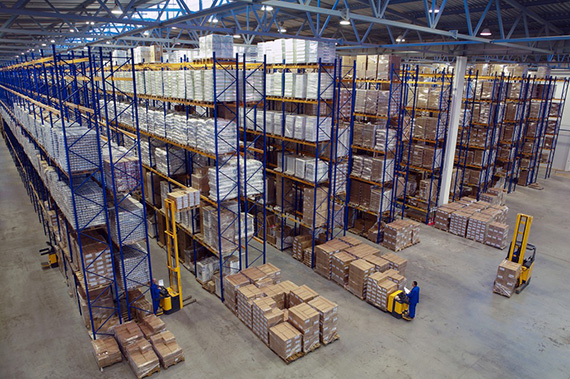Prescription drugs are a necessity for many people. Recent research revealed that seven out of every ten people take some form of prescribed medication. With such a high turnover of medication, they must undergo proper warehousing.
Poor storage of medication can lead to loss or even poisoning of patients. Therefore, you must understand the right way to package and store such medication for the intended duration.
Medicine is life-saving and benefits millions of lives every day. Therefore, warehouses must observe regulations when handling pharmaceuticals.
The medicine supply chain starts at the manufacturer and ends up at the pharmacy. Throughout this supply chain, it’s transported and stored in numerous warehouses in many different parts of the country. However, storing medication is a whole new ball game and has different supply chain requirements than many other products.
Proper warehousing of pharmaceuticals ensures no damage or contamination comes to the drugs. Only by preserving their state can they benefit the patients waiting at the end of the supply chain.
What is Pharmaceutical Warehousing?
Drugs need proper storage before being distributed to the intended recipients. According to the FDA, pharmaceuticals need proper control to avoid counterfeits and interference with distribution channels. Therefore, everyone involved in drug warehousing must adhere to the CGMP (Current Good Manufacturing Practices).
These CGMP apply to all who participate in the medicine supply chain, including manufacturers, warehouses, and distributors. Some of the most critical standards in the CGMP you must note are proper storage of all drugs to avoid contamination. The areas where they’re stored need regular cleaning and inspection.
Another standard to adhere to is all drugs must be categorized into lots and each assigned a barcode for traceability. It’s also important to label the drugs as rejects, under quarantine, or approved for shipping.
After that, you have the procedures for distributing each drug noted down in an exact form for all to view. Also, include what procedure to follow in case there’s a recall of a particular drug. Include the written procedure of how each medication is stored.
One area in pharmaceutical warehousing the poses the most challenge is adhering to these set CGMP standards. There are billions of different types of drugs. Each comes with varying storage and handling conditions to keep in mind. as a warehouse for pharmaceutical, you must find a way to meet every drug’s requirements in your storage facility.
Additionally, remember to check the temperature of the warehouse at all times to avoid damaging the drugs. It explains why pharmaceutical warehousing is a challenging field and is costly to run. The added cost is because of trying to meet the storage requirements of all the different drugs.
Still, there are certain things you can do to improve your storage capacity and efficiency.
Tips for Improving Pharmaceutical Warehousing
1. Proper Space Planning
As stated earlier, a warehouse can store thousands of drugs, each with specific storage needs. Before you start planning your pharmaceutical warehousing, have a proper plan laid out for the storage space. Know that drugs need a cool, dry place to store and which require a freezer.
Only by planning the warehouse from the start can you make it run effectively from the start. Also, staff can learn the requirements of the supply chain from the beginning. Additionally, you can note when you need more space or more space to handle an inventory increase.
2. Demand Planning
Though pharmaceuticals are needed all year round, you can plan around demand. For example, during flu season, you can stock up on cold medication. The same applies to allergy season. Planning for when a particular drug is in high demand helps your supply chain run effectively.
3. Apply Bin Locations Concept
Pharmaceutical warehouses can be vast and not easy to navigate at a go. In such a scenario, you can implement bin location to help you find your way through the many levels. Also, having bin locations comes in handy for staff who want to pinpoint a warehouse’s specific location with ease.
4. Frequent Staff Training
Pharmaceutical warehousing is rapidly embracing technology. One way to help your staff stay in tune with the changing times is to hold regular training. This training helps them learn what new software there is and what changes are about to occur in the warehouse. Also, it’s the best way to brainstorm about different problems affecting your setup.
5. Take Advantage of Cross-Docking
Not all pharmaceuticals that come your way need extended storage periods. You can implement cross-docking whereby the drugs arrive and are shipped out immediately without taking up any shelf space, and it works best for medication that is in high demand.
6. Choose a Pharmaceutical Warehousing Partner
Every pharmaceutical warehousing operation requires the best logistics partner to pair up with in terms of operation. Once you find the right one, you note your operation is running smoothly. When seeking such a partner, they must meet specific requirements. For one, they must run a legitimate and transparent operation at all times since dealing with drugs is quite sensitive.
Also, their trucks must be clean and well maintained at all times. The sensitivity of drugs makes them easy to contaminate, which can be poisonous to recipients. Furthermore, ensure the logistics partner you choose has up to date security measures to keep each safe shipment while in storage and transit.
7. Proper Inventory Tracking
Pharmaceuticals are sensitive and need proper tracking of inventory while in transit and under storage. Implement the best inventory tracking management system for the supply chain. It helps your staff keep a note of everything coming in and going out.
In Conclusion
Pharmaceutical warehousing is more demanding since it requires plenty of specialization to keep the drugs in the right conditions. Also, you must work with the right logistics partner to ensure the supply chain is working effectively.
Before delving into it, start by analyzing the cost of setting up such an operation. Follow this by planning out the set up of the whole warehouse. No matter the size of the operation, planning the warehouse well is a priority.






